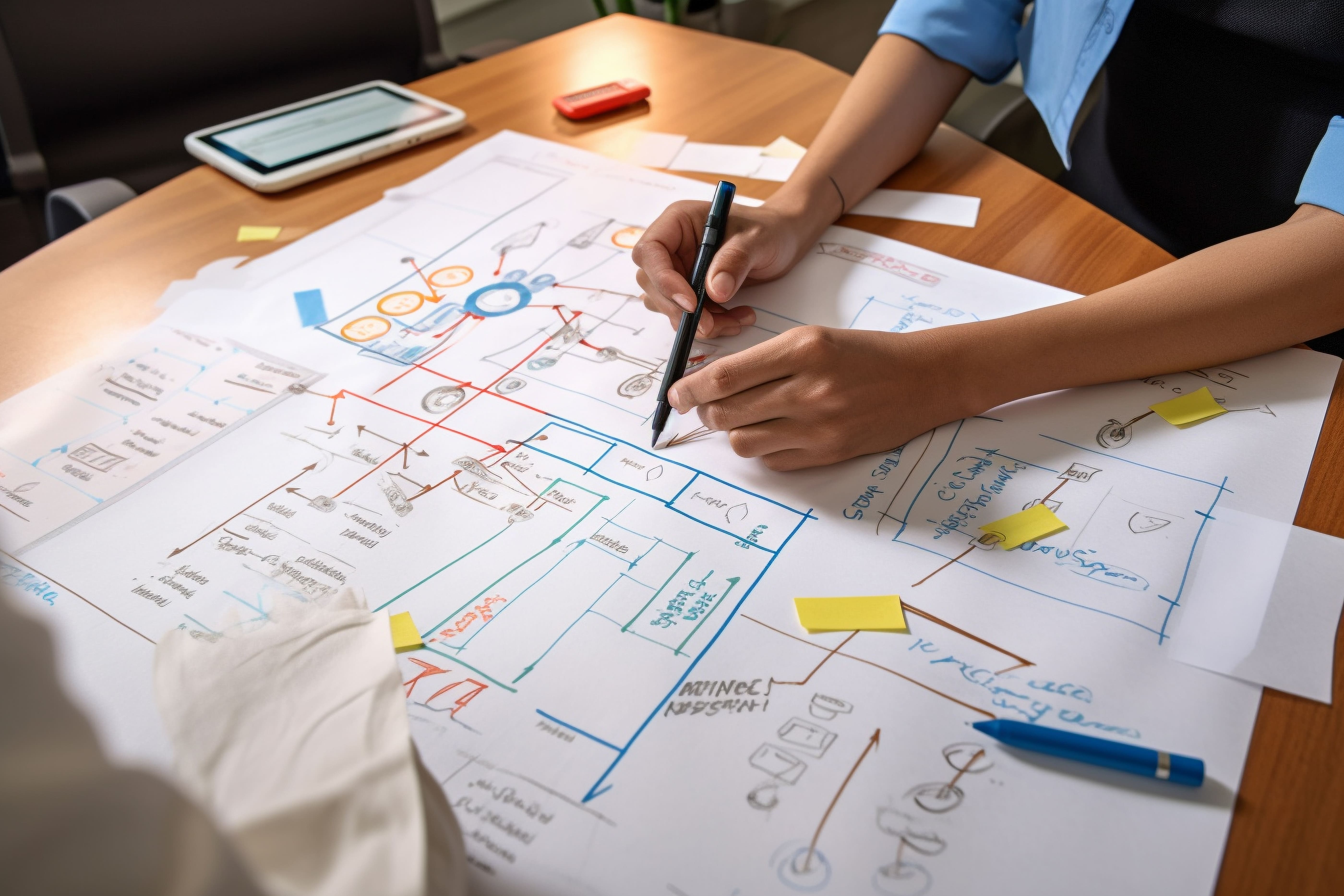Overview
Design Thinking is a dynamic problem-solving approach that places empathy, creativity, and user-centricity at its core. This training program will introduce you to the fundamental principles and methods of Design Thinking, equipping you with a powerful toolkit to tackle complex challenges, innovate, and drive positive change in your personal and professional life.
Why You Should Attend:
Empathetic Problem Solving: Learn to deeply understand the needs and desires of end-users to create solutions that truly resonate.
Innovation:Cultivate a culture of innovation by harnessing creative problem-solving techniques.
Enhanced Collaboration: Improve teamwork and collaboration by embracing a user-centric approach.
Adaptability:Develop skills to pivot and adapt quickly to changing circumstances and market demands.
Practical Application: Gain hands-on experience through interactive exercises and case studies.
Who Should Attend:
Professionals from various industries seeking innovative problem-solving methods.
Entrepreneurs and startup founders looking to create user-centric products and services.
Managers and team leaders interested in fostering creativity and collaboration.
Designers, engineers, and product developers aiming to improve their design processes.
Anyone looking to enhance their problem-solving and creative thinking skills.
Training Objectives:
Upon completing this training, you will be able to:
Understand the core principles and mindset of Design Thinking.
Apply the Design Thinking process to identify and solve complex problems.
Employ empathy as a tool to gain deep insights into user needs.
Generate creative ideas and concepts through ideation and prototyping.
Implement user-centered solutions that drive positive outcomes.
Foster a culture of innovation and collaboration within your organization.
Training Outline Modules:
Module 1: Introduction to Design Thinking
What is Design Thinking?
The Design Thinking Mindset
Key Principles and Benefits
Module 2: Empathizing with Users
The Importance of Empathy
User-Centered Design
Conducting User Interviews
Creating User Personas
Module 3: Defining the Problem
Problem Statement vs. Solution Statement
Identifying Root Causes
The Art of Framing the Challenge
Module 4: Ideation and Creativity
Ideation Techniques
Brainstorming Sessions
Idea Selection and Prioritization
Module 5: Prototyping and Testing
Prototyping as a Communication Tool
Types of Prototypes
Gathering Feedback through Testing
Iterative Development
Module 6: Implementation and Feedback
Transitioning from Prototype to Solution
Measuring Success and Impact
Continuous Improvement
Module 7: Cultivating a Design Thinking Culture
Nurturing Innovation and Collaboration
Integrating Design Thinking into Daily Practices
Case Studies of Successful Design Thinking Implementation
Trainer's Profile:
Available upon request.
_edited.png)








